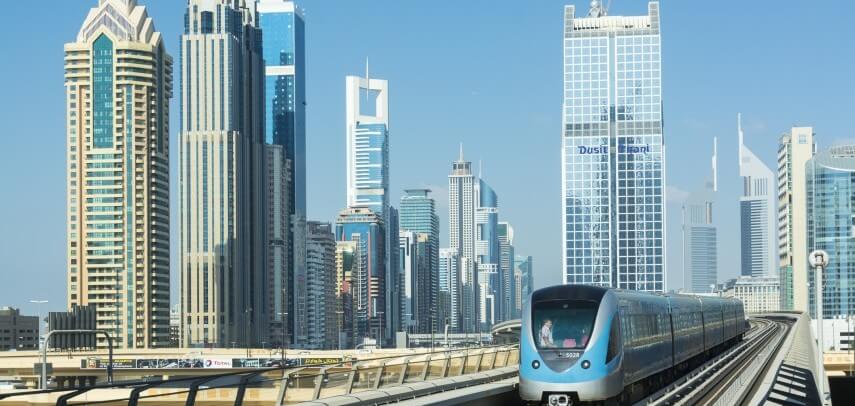What Can India Learn From Dubai?

Dubai has changed its land cover in ways no other city has done, in the recent past. Dubai, as American journalist Daniel Brook points out, is connected to other major cities of the world through its airport while in the past, when cities emulated the West, they did not become very successful because vehicles and ships still moved slowly. In the past few decades, when air travel has become very common, it has made it easy for other nations to trade with Dubai, and to travel to Dubai in a day or less.
In past one decade, Dubai has created a coastline of 300 kilometres. Apart from expanding the land cover, this city has also urbanised the existing land cover. In 1993, the area of Dubai was merely 149 square kilometre while in 2015 the number stood at 604 square kilometer, a four-fold growth in over two decades.
Dubai's population is expected to triple between 2009 and 2017. In 1950, Dubai's population was about 20,000. By 2010, this had grown to 1.9 million and in 2015, this stood at 2.3 million.
When compared to Indian cities, Dubai has handled the population growth really well. With all its flaws, Dubai handled urbanisation better than Delhi or Mumbai. Home to world's tallest building, Burj Khalifa, Dubai witnesses non-resident individuals (NRIs) making a beeline to the city to work. Many of these NRIs also own real estate assets here. Among foreigners who buy real estate in Dubai, Indians top the list.
So, what is it that Indian cities learn from Dubai?
The free zones in Dubai are governed by English civil and commercial law, and this makes trade less restricted by barriers that strangulate many developing countries. Even though Shariah law is respected in other parts of Dubai, within these free zones, they have better norms. These are similar to special economic zones in India and China. This demonstrates that having better norms in isolated pockets is good for a city. In Dubai's free zones trade is as unrestricted as in many parts of western capitalistic democracies. Many find it puzzling that cities like Dubai are flourishing economically. But Dubai would not have flourished without importing western regulatory norms.
One of the biggest arguments against having a diverse set of norms is that stricter norms like the Shariah law will also be imposed on the diverse population. But, Dubai has found a way to get around the problem by allowing foreigners who work or live in free zones to operate according to more liberal norms. In Dubai, when you move from one neighbourhood to another, it is similar to moving from one country to another.
Real estate regulations in Dubai are more liberal, too. There are no major floor area restrictions in some parts of the city, which allows developers to construct tall buildings. This explains why Dubai has some of the tallest buildings in the world, despite having vast tracts of underutilised land, and despite not being comparable to New York or London. Indian cities should emulate this, because the need for taller buildings is stronger in Mumbai, Kolkata, Bengaluru or Delhi.
